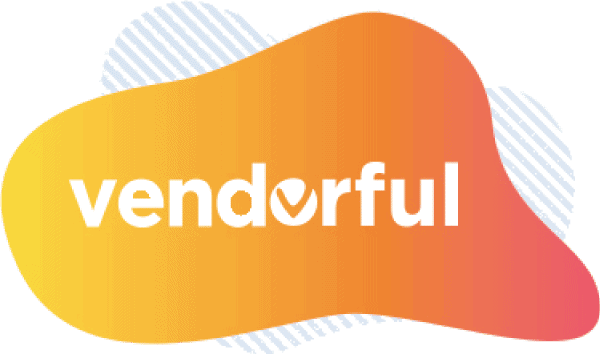The request for proposal (RFP) process enables buyers to compare features, functionality, and price across potential vendors. It is a crucial component of the procurement process. Accordingly, developing an effective RFP process creates alignment and streamlines the procurement process for buyers and vendors alike.
However, despite innovation seemingly permeating all facets of commerce, the corporate purchasing process has remained largely unchanged. It’s not surprising then, that when a process is complex and/or challenging, people are loathe to engage in it. The data suggests that this is the case with RFPs. In fact, a study conducted by Accenture, indicated that under 50% of spend is managed professionally. Many organizations skip the RFP altogether, relying on ineffective sourcing processes that lead to miscommunication, poor/unknown ROI or purchases of products and services that do not align with their business goals.
Unfortunately, even organizations that adopt best practices for procurement often suffer for their diligence. Indeed, the most common way RFP library management systems are handled is via ever-growing email threads with Excel and Word documents attached to them. While that method has few enthusiastic supporters, it beats some of the alternatives, which includes:
- Shipping responses on a thumb drive.
- Firing up the fax machine.
- Printing, binding, and mailing physical copies.
Do you rely on any of these for your sourcing process?? Or worse yet, does the overhead inherent in these methods prevent you from running a process at all?
It is likely time to reevaluate your current workflow and tools in order to save time and money, as well as to avoid operational inefficiencies throughout your organization. RFP management software optimizes outcomes for both buyers and vendors, improving the overall quality of purchasing decisions.
Check out the top three benefits of implementing RFP management software:
1. Consolidation of Information
If you are dealing with sourcing projects, it is likely very difficult for you to keep everything organized and at your fingertips while using outdated technology. Ensuring that all of your information is centralized and organized is game changing. Papers and email can often get lost or buried in a bulging inbox, making it difficult to determine:
- Which of the invited vendors has/hasn’t responded?
- Are the stakeholders able to access all of the information they need?
- How do vendor responses compare to each other?
- Where are all of the attachments the vendors sent with their responses?
Managing the cascade of information from your RFP process in a single location is the best way to make sure that everyone involved in the process has access to the data and documents they need.
2. Increased Internal Stakeholder Engagement
While procurement departments may drive the purchasing process, stakeholders are often the group that determines which vendor ultimately gets selected. However, rounding up people to participate in a sourcing effort has been compared to “herding cats.” It is clear, though, that increasing stakeholder engagement in the RFP process improves the evaluation process and ultimately drives better ROI. A good RFP software solution should make it easy for team members across the organization to participate in the purchasing process, driving increased engagement and therefore better outcomes. RFP management software allows you to:
- Solicit input regarding requirements, market info, and more.
- Leverage subject matter experts for key parts of the evaluation.
- Open up the scoring process to the stakeholders who will ultimately be impacted by the vendor selection.
- Surface discrepancies and build consensus.
The right tool will not only drive engagement, but will also increase accountability and transparency for purchasing decisions across departments.
3. Time Savings
Time is money, particularly when engaging in a procurement process pulls stakeholders from doing their primary job. By reducing the time stakeholders need to invest in the RFP process, organizations save money. Evaluate how long your current process is taking by thinking about:
- How much time does it take to organize all of the vendor responses for distribution to stakeholders?
- What happens if it needs edits?
- Is the process itself optimized for simplicity and speed?
Absent the right tools, every step of the RFP process can introduce costly delays and confusion.
By leveraging RFP management software, organizations that suffer from low levels of spend under management can position themselves to turn things around. At the same time, organizations that have implemented the right processes can benefit from newfound efficiencies and further improve ROI by implementing RFP management software. It’s never been easier to do things the right way.
Are you ready to reevaluate how you handle procurement within your organization? Sign up for a free account on Vendorful to see how an RFP management solution can improve your sourcing process!
